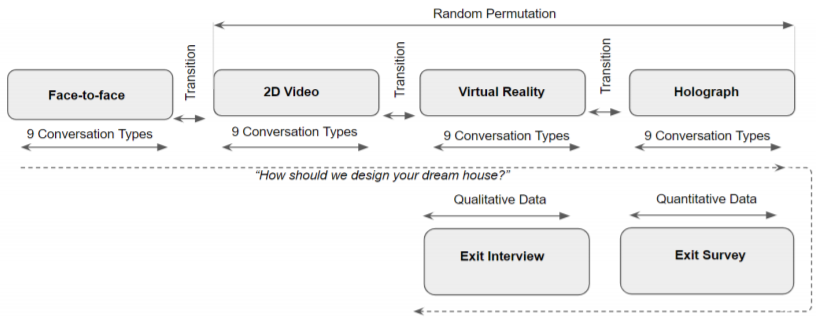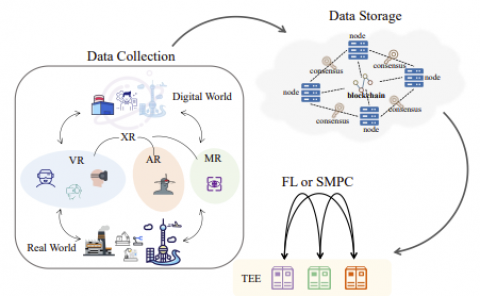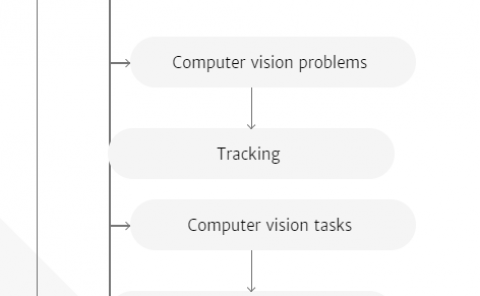Affordance Analysis of Virtual and Augmented Reality Mediated Communication
PubDate: Apr 2019
Teams: University of California
Writers: Mohammad Keshavarzi, Michael Wu, Michael N. Chin, Robert N. Chin, Allen Y. Yang
PDF: Affordance Analysis of Virtual and Augmented Reality Mediated Communication

Abstract
Virtual and augmented reality communication platforms are seen as promising modalities for next-generation remote face-to-face interactions. Our study attempts to explore non-verbal communication features in relation to their conversation context for virtual and augmented reality mediated communication settings. We perform a series of user experiments, triggering nine conversation tasks in 4 settings, each containing corresponding non-verbal communication features. Our results indicate that conversation types which involve less emotional engagement are more likely to be acceptable in virtual reality and augmented reality settings with low-fidelity avatar representation, compared to scenarios that involve high emotional engagement or intellectually difficult discussions. We further systematically analyze and rank the impact of low-fidelity representation of micro-expressions, body scale, head pose, and hand gesture in affecting the user experience in one-on-one conversations, and validate that preserving micro-expression cues plays the most effective role in improving bi-directional conversations in future virtual and augmented reality settings.


